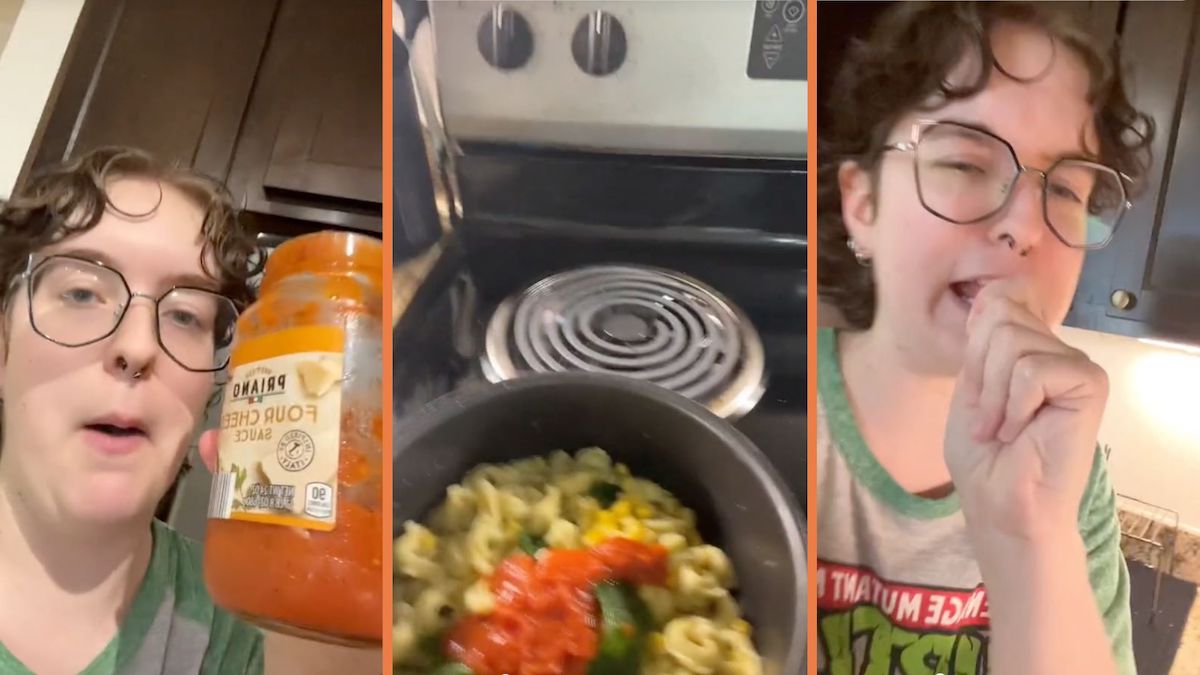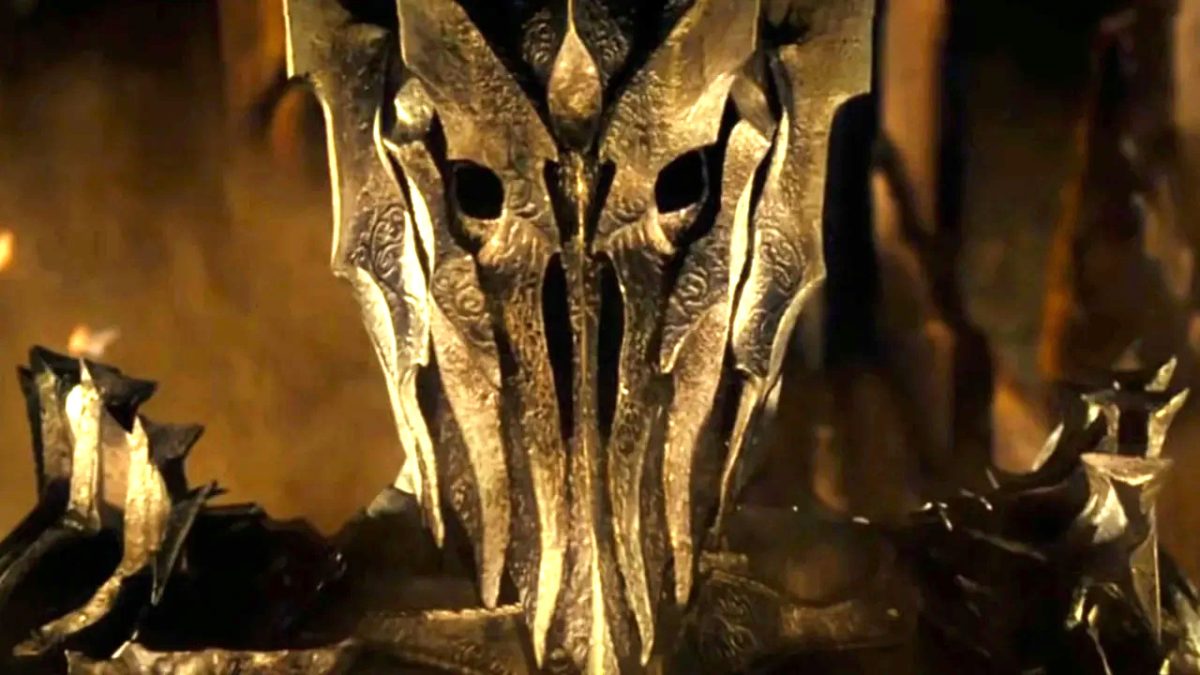Violation

Since D.W. Griffiths’ The Lonely Villa in 1909, filmmakers have used the claustrophobic lens of the home invasion tale to incorporate a number of different themes into their stories – all of which play upon specific fears within the audience. The most obvious of these is the fear of physical violation. If our home is representative of our physical sovereignty, then having villains maliciously invade that space speaks to our fear of being physically invaded.
The most extreme examples of this are movies such as Stanley Kubrick’s A Clockwork Orange in 1971, and Sam Peckinpah’s Straw Dogs of the same year. But, while the threat – and action – of physical violation is a common thread within the home invasion movie, the success of this premise lies in the way in which it speaks to our dread of every kind of violation – from the physical, to the emotional, to the simple upsetting of our own status quo.
In the 2016 film Don’t Breathe, by Fede Alvarez, three young people invade the home of a Gulf War veteran who was blinded by an explosion while completing his tour of duty. They break in with the intention of stealing a large sum of money that he’s known to have been awarded as compensation for the loss of his daughter, in a car accident caused by a wealthy woman. In invading his home, they stumble upon his own, disturbing, criminal actions – which involve forcing a woman to conceive and bear him a replacement child. This home invasion tale takes the idea of physical violation, and weaves it into a narrative that incorporates issues of reproductive rights as well as injustices of both a social, political and economic nature.
But, it’s the spectrum of violation that’s the notable point concerning Don’t Breathe. The three youngsters violate the physical space of the war veteran with the intention of violating his economic security. In doing so, however, they also unwittingly violate his manufactured status quo – which is his attempt to regain his personal power by violating the physical sovereignty and reproductive rights of the woman responsible for the death of his child. The home invasion also, in the broader sense violates the process of the war veteran trying to re-establish the life he had before the loss of eyesight, and daughter.
By contrast, the 2014 film The Keeping Room – directed by Daniel Barber and written by Julia Hart – presents a home invasion tale of a very different kind. This is a period piece, set at the end of the American Civil War, and sees three southern women on an isolated farm having to defend themselves and their space against two Union soldiers who’ve broken away from their unit. With the attitudes of the soldiers steeped in the overt misogyny of the time, their intention to commit every kind of violation is abundantly clear – but it’s the status quo of the three women that’s the most significant element here.
Two of them are sisters, while the third woman is an African-American slave who’s been with the family for a number of years. Left alone on the farm when the men went to fight in the war, however, the women have established a new order – one based on necessity, and survival. Each of the women works to maintain the farm, though each also holds specific responsibilities related to their previous status. The eldest sister is essentially the authority figure, the younger sister performs the tasks assigned to her, while the former slave takes a traditionally maternal position – cooking for the group, and running the kitchen, in addition to helping with the crops.
These new social positions then feed into the roles the women play during the invasion of their home. The eldest sister takes the lead in defence, the younger sister is briefly captured and raped, while the former slave rescues her and kills the rapist. The story therefore takes the home invasion premise, and turns it into a tale of women defending their ability to adapt and survive in the face of male violence and aggression.






